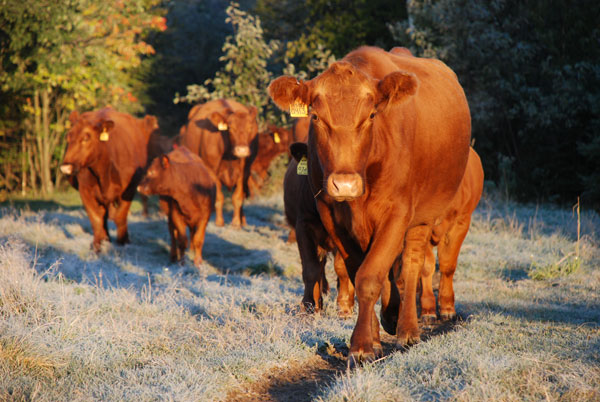In its annual Winter Outlook, NOAA forecasters say the western half of the continental U.S. and central and northern Alaska could be in for a warmer-than-average winter, while most of Florida might have a colder-than-normal December through February.
October 22, 2012

Forecasters with the National Oceanic and Atmospheric Administration (NOAA) Climate Prediction Center say a wavering El Niño, expected to have developed by now, makes this year’s winter outlook less certain than previous years.
“This is one of the most challenging outlooks we’ve produced in recent years because El Niño decided not to show up as expected,” says Mike Halpert, deputy director of NOAA’s Climate Prediction Center. “In fact, it stalled out last month, leaving neutral conditions in place in the tropical Pacific.”
When El Niño is present, warmer ocean water in the equatorial Pacific shifts the patterns of tropical rainfall that in turn influence the strength and position of the jet stream and storms over the Pacific Ocean and U.S. This climate pattern gives seasonal forecasters confidence in how the U.S. winter will unfold. An El Niño watch remains in effect because there’s still a window for it to emerge.
In its annual Winter Outlook , NOAA forecasters say the western half of the continental U.S. and central and northern Alaska could be in for a warmer-than-average winter, while most of Florida might have a colder-than-normal December through February. Unfortunately, the forecast suggests little relief this winter to areas ravaged by the drought.
According to the 2012 U.S. Winter Outlook (December through February) odds favor:
Warmer-than-average temperatures in much of Texas, northward through the Central and Northern Plains and westward across the Southwest, the Northern Rockies, and eastern Washington, Oregon and California, as well as the northern two-thirds of Alaska.
Cooler-than-average temperatures in Hawaii and in most of Florida, excluding the panhandle.
Drier-than-average conditions in Hawaii, the Pacific Northwest and Northern California, including Idaho, western Montana, and portions of Wyoming, Utah and most of Nevada.
Drier-than-average conditions in the upper Midwest, including Minnesota, Wisconsin, Iowa and northern Missouri and eastern parts of North and South Dakota, Nebraska, Kansas, and western Illinois.
Wetter-than-average conditions across the Gulf Coast states from the northern half of Florida to eastern Texas.
For the week ending Oct. 21, according to the National Agricultural Statistics Service:
Corn – 87% is harvested, 27% more than last year and 38% more than the five-year average.
Soybeans – 80% is harvested, 3% more than last year and 11% ahead of the average.
Sorghum – 87% is mature, 4% more than last year and 2% ahead of average. 52% is harvested, 1% more than last year and even with the average. 24% is in Good or Excellent condition, the same as last year. 52% is in Poor or Very Poor condition, compared to 47% last year.
Winter wheat – 81% is planted, 2% more than last year and 1% more than the average. 49% has emerged,2% less than last year and 7% behind the average.
Pasture – 21% of the nation’s pasture and range is rated as Good or Excellent, 10% less than at the same time last year. 54% is rated Poor or Very Poor, 13% more than a year ago. States reporting more than 50% of pasture as being in Good or Excellent condition included: Alabama (60%); Florida (69%); Maine (60%); Maryland (62%); Mississippi (67%); North Carolina (68%); South Carolina (66%); and Tennessee (60%).
About the Author(s)
You May Also Like





